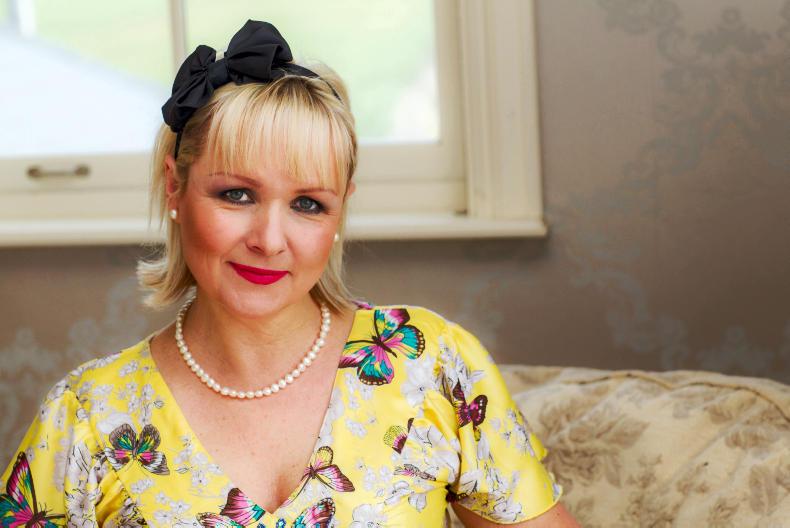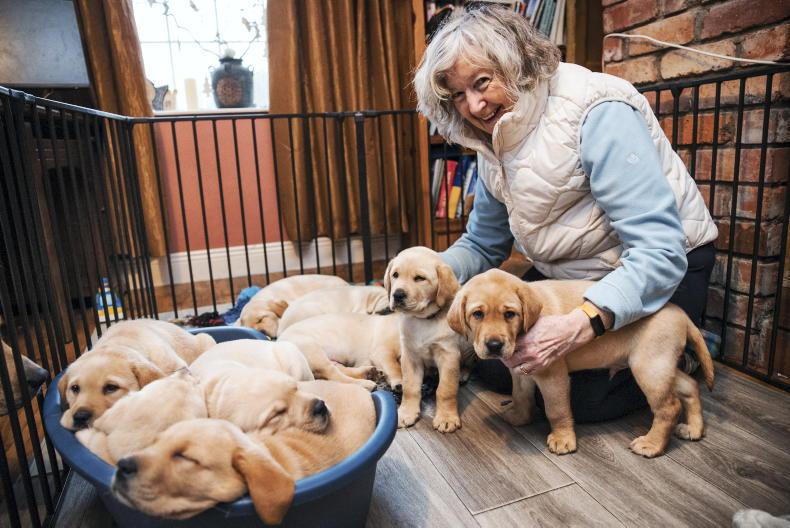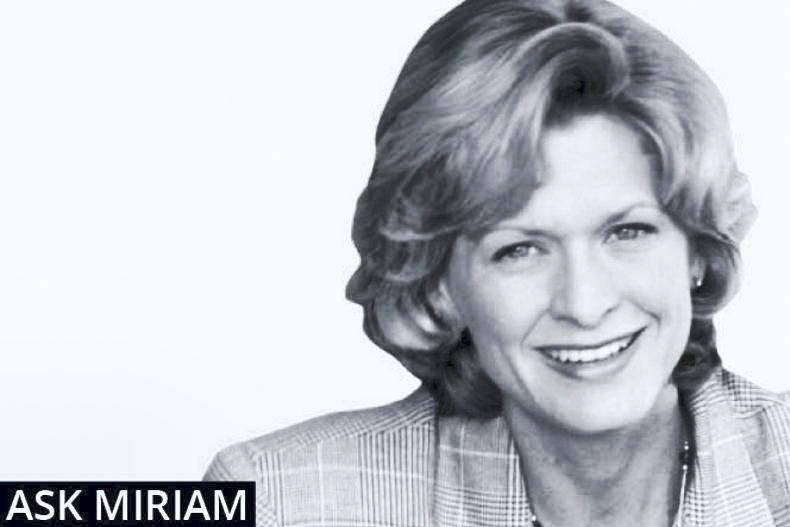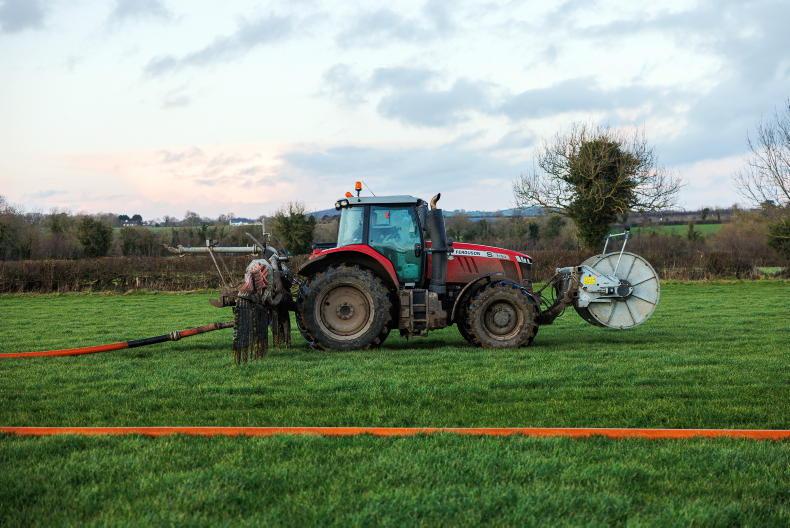What a remarkably sunny summer we have been enjoying this year. While not so great for the farmers or our gardens, I love the fact that I can hang out the washing and it’s dry in a couple of hours and that the children can play outside all day. Plus, there is nothing more heavenly than sitting out in the early evening with a glass of chilled wine and looking out across the farm in the warmth of the evening sun. Bliss…
Sunshine releases hormones in our brain: melatonin, which helps us sleep better; serotonin, which helps us feel calm and happy; and vitamin D or the “sunshine vitamin’, which is an important ingredient for overall health and strong bones. In addition, the sun’s heat can help protect against inflammation, can lower high blood pressure and is crucial to our wellbeing and immune system. Adding a bit of sunshine to our lives can promote weight loss and tanned skin makes us look slimmer, so in turn we feel more confident.
The downside of this recent weather is that I have been very aware of the sight of horribly burnt, red skin and unsightly tan lines. Even on an overcast day, you can get badly burnt and some people just don’t realise this. Friends of ours headed off to the south of France for the first time this summer and the lads in the family all decided that they didn’t need or want to apply “waste-of-time” sun lotion. After a day in the hot sun with no protection, their skin was scorched, and they had to spend the next two days inside their apartment covered in sticky aloe vera aftersun gel. No fun.
However, the most important point I want to get across is that no matter what time of year or wherever you may live, it is very important to always wear some form of sun protection. A handy tip is to leave a tube of sun lotion on the window ledge in the kitchen by the sink, one in the car and the tractor and one in each of the kids’ sports kit bags.
Always look at the sun protection factor (SPF), which is clearly written on the sun lotion bottle and tells you the level of protection in that particular lotion/cream. My advice is to use anything with SPF 30 plus, because by the time you have applied factor 30, it is the equivalent of a factor 15. Sun cream and lotions will also go out of date, so keep an eye on that.

Makeup expert Dolly Buckley. \ Yvonne Cole Dupuis Photography
Sun protection in makeup
Most foundations and skin primers, such as Mac Prep + Prime face protect lotion SPF 50 (available from stockists including Brown Thomas at €31), also have SPF, but never just rely on that. Always put sunscreen on your face as well if you are out in the sunshine. Also, it’s sensible to wear sunglasses, as squinting in the sun causes lines/crow’s feet around the eye area. Penneys has a great range of 100% UV sun protection sunglasses for only €5 each. I keep a few pairs in the car so I’m never caught short.
A little tip that a skin specialist told me was that for a week’s holiday, you should pack at least a 200ml bottle of sunscreen per person, such as Nivea Sun protect and moisturise sun lotion SPF 50+ (available from stockists including Boots at €8). It’s really important to apply your sun creams and lotions properly and, as a general rule, you should be applying at least six teaspoons of cream to cover your entire body, especially with young children. A good tip is to apply sun cream before you head out into the sun. Start at the top and work your way down the body, including covering hands, feet and ears.
If you are losing your hair, use a 10 cent-sized dollop of sunscreen to cover the scalp and neck. Always wear a hat with a good-sized brim to protect the ears and face when out in the sun. Also use a 10 cent-sized squeeze just for your nose, as this is a common area for skin cancer, so it’s important to cover it well. My favourite sun fluid for the face is Clinique mineral sunscreen SPF 50 (available from stockists including Debenhams at €23.80), which glides onto the skin, absorbs quickly and is safe for all the family. However, if you are doing sport or spending long periods of time in/on the water, I would recommend a cream like Riemann P20 Seriously Reliable Suncare SPF 50 (available from stockists including Boots at €26.40).
Tan downside
The downside of having a tan is that, over time, the sun can be very aging on our skin. There is a laser treatment to get rid of age spots, but this can be costly and quite painful. To stop signs of ageing, always have a pot of E45 cream (from stockists including Sam McCauley chemists at €4.95) next to the bed, and before you go to sleep, apply a generous blob to your hands, feet and décolletage/neck chest area. It really does soothe and nourish dry skin while you sleep. Also drink at least a litre of water a day to hydrate your skin. Well-hydrated skin makes you look more youthful.
I try not to put my face directly in the sun as I’m trying to stave off the wrinkles. Instead, I prefer to use a fake tan. Rimmel has a quick and easy Sun Shimmer Instant Tanning Cream for body and face (from stockists including Boots at €8.49), which really brightens up your skin and easily washes off. It is ideal for an instant, sun-kissed shimmer and perfect under your foundation.
After my shower, I also use Dove visible glow gradual self tan, which you should be able to pick up in your supermarket for under a tenner, to pep up my tan in a natural way. I would advise you to use the “medium glow” if you already have a tan or the “light glow” if you are very pale. Always wash your hands after applying any kind of faux tan product.
For any beauty queries, email dollybuckley1@gmail.com
Read more
Top tips for a sun-kissed glow
Take care of your tresses
What a remarkably sunny summer we have been enjoying this year. While not so great for the farmers or our gardens, I love the fact that I can hang out the washing and it’s dry in a couple of hours and that the children can play outside all day. Plus, there is nothing more heavenly than sitting out in the early evening with a glass of chilled wine and looking out across the farm in the warmth of the evening sun. Bliss…
Sunshine releases hormones in our brain: melatonin, which helps us sleep better; serotonin, which helps us feel calm and happy; and vitamin D or the “sunshine vitamin’, which is an important ingredient for overall health and strong bones. In addition, the sun’s heat can help protect against inflammation, can lower high blood pressure and is crucial to our wellbeing and immune system. Adding a bit of sunshine to our lives can promote weight loss and tanned skin makes us look slimmer, so in turn we feel more confident.
The downside of this recent weather is that I have been very aware of the sight of horribly burnt, red skin and unsightly tan lines. Even on an overcast day, you can get badly burnt and some people just don’t realise this. Friends of ours headed off to the south of France for the first time this summer and the lads in the family all decided that they didn’t need or want to apply “waste-of-time” sun lotion. After a day in the hot sun with no protection, their skin was scorched, and they had to spend the next two days inside their apartment covered in sticky aloe vera aftersun gel. No fun.
However, the most important point I want to get across is that no matter what time of year or wherever you may live, it is very important to always wear some form of sun protection. A handy tip is to leave a tube of sun lotion on the window ledge in the kitchen by the sink, one in the car and the tractor and one in each of the kids’ sports kit bags.
Always look at the sun protection factor (SPF), which is clearly written on the sun lotion bottle and tells you the level of protection in that particular lotion/cream. My advice is to use anything with SPF 30 plus, because by the time you have applied factor 30, it is the equivalent of a factor 15. Sun cream and lotions will also go out of date, so keep an eye on that.

Makeup expert Dolly Buckley. \ Yvonne Cole Dupuis Photography
Sun protection in makeup
Most foundations and skin primers, such as Mac Prep + Prime face protect lotion SPF 50 (available from stockists including Brown Thomas at €31), also have SPF, but never just rely on that. Always put sunscreen on your face as well if you are out in the sunshine. Also, it’s sensible to wear sunglasses, as squinting in the sun causes lines/crow’s feet around the eye area. Penneys has a great range of 100% UV sun protection sunglasses for only €5 each. I keep a few pairs in the car so I’m never caught short.
A little tip that a skin specialist told me was that for a week’s holiday, you should pack at least a 200ml bottle of sunscreen per person, such as Nivea Sun protect and moisturise sun lotion SPF 50+ (available from stockists including Boots at €8). It’s really important to apply your sun creams and lotions properly and, as a general rule, you should be applying at least six teaspoons of cream to cover your entire body, especially with young children. A good tip is to apply sun cream before you head out into the sun. Start at the top and work your way down the body, including covering hands, feet and ears.
If you are losing your hair, use a 10 cent-sized dollop of sunscreen to cover the scalp and neck. Always wear a hat with a good-sized brim to protect the ears and face when out in the sun. Also use a 10 cent-sized squeeze just for your nose, as this is a common area for skin cancer, so it’s important to cover it well. My favourite sun fluid for the face is Clinique mineral sunscreen SPF 50 (available from stockists including Debenhams at €23.80), which glides onto the skin, absorbs quickly and is safe for all the family. However, if you are doing sport or spending long periods of time in/on the water, I would recommend a cream like Riemann P20 Seriously Reliable Suncare SPF 50 (available from stockists including Boots at €26.40).
Tan downside
The downside of having a tan is that, over time, the sun can be very aging on our skin. There is a laser treatment to get rid of age spots, but this can be costly and quite painful. To stop signs of ageing, always have a pot of E45 cream (from stockists including Sam McCauley chemists at €4.95) next to the bed, and before you go to sleep, apply a generous blob to your hands, feet and décolletage/neck chest area. It really does soothe and nourish dry skin while you sleep. Also drink at least a litre of water a day to hydrate your skin. Well-hydrated skin makes you look more youthful.
I try not to put my face directly in the sun as I’m trying to stave off the wrinkles. Instead, I prefer to use a fake tan. Rimmel has a quick and easy Sun Shimmer Instant Tanning Cream for body and face (from stockists including Boots at €8.49), which really brightens up your skin and easily washes off. It is ideal for an instant, sun-kissed shimmer and perfect under your foundation.
After my shower, I also use Dove visible glow gradual self tan, which you should be able to pick up in your supermarket for under a tenner, to pep up my tan in a natural way. I would advise you to use the “medium glow” if you already have a tan or the “light glow” if you are very pale. Always wash your hands after applying any kind of faux tan product.
For any beauty queries, email dollybuckley1@gmail.com
Read more
Top tips for a sun-kissed glow
Take care of your tresses











SHARING OPTIONS